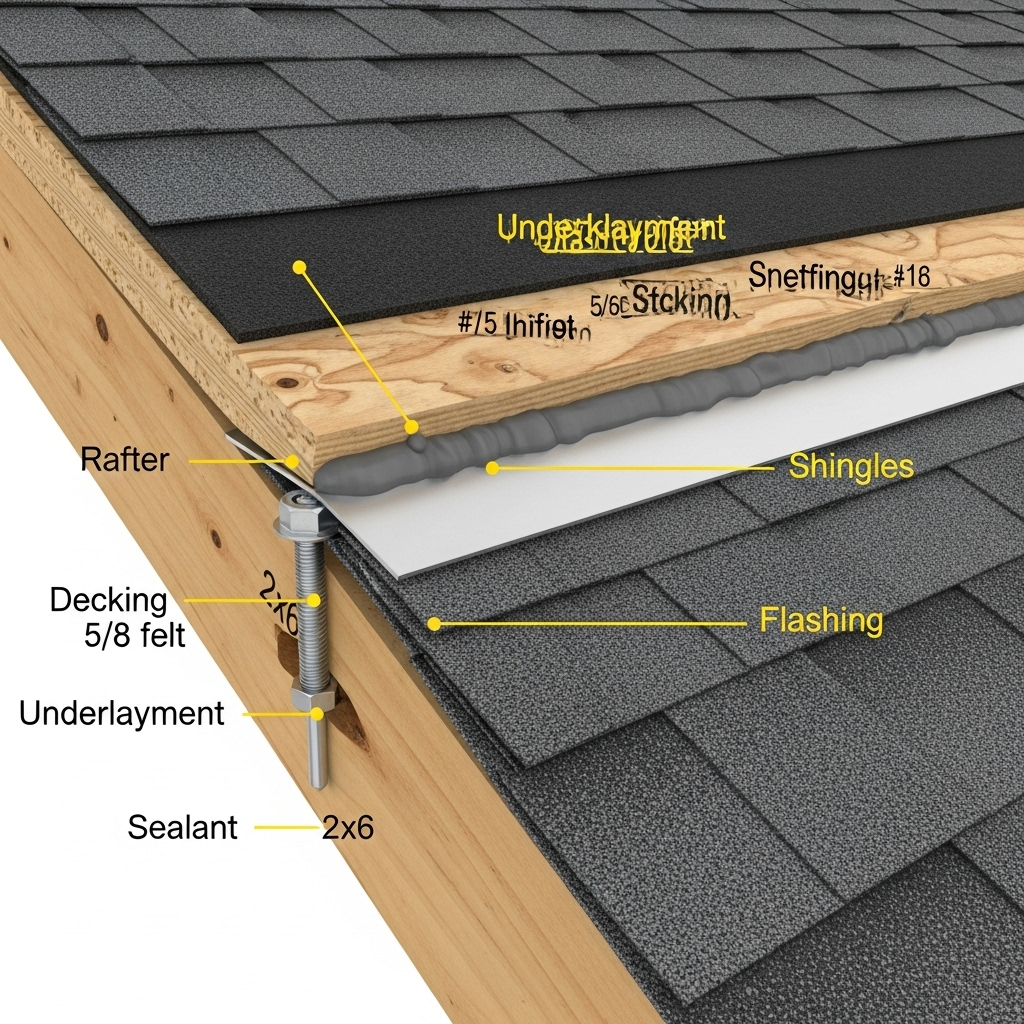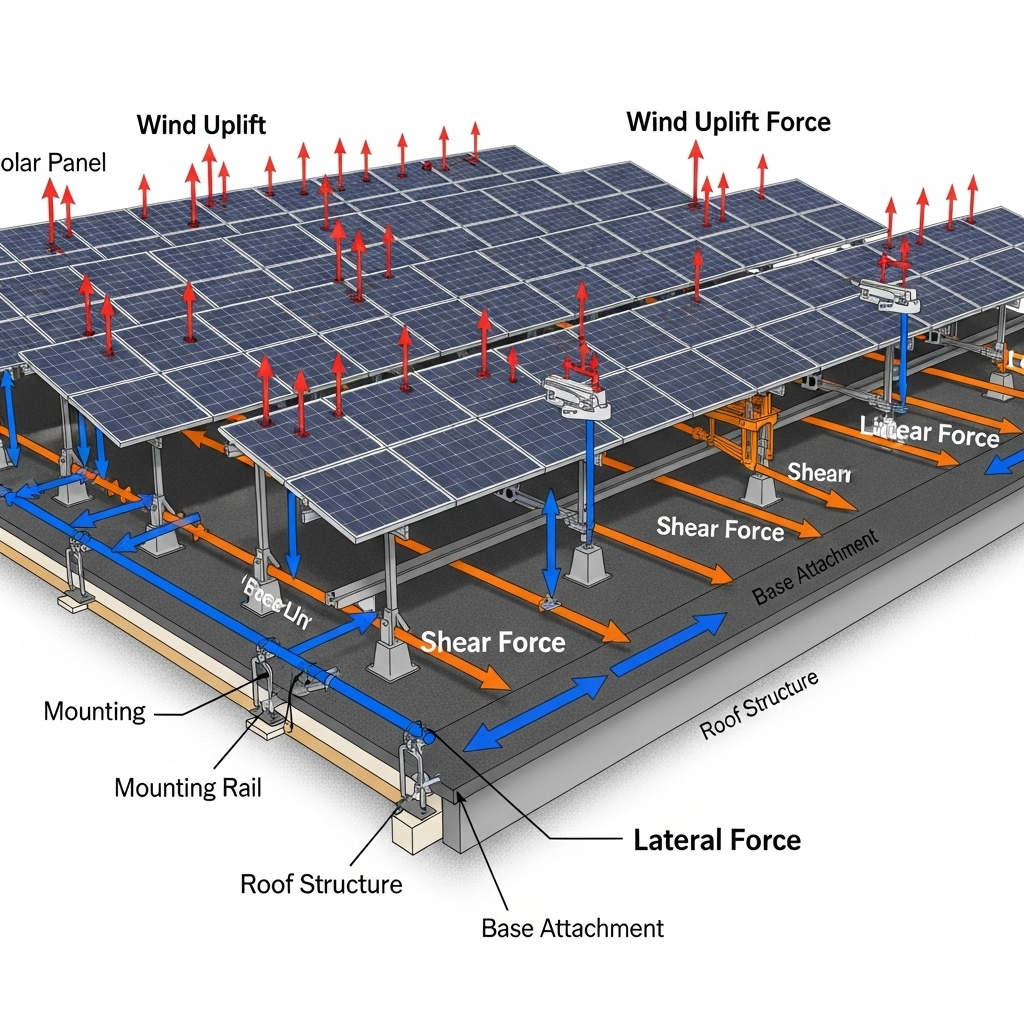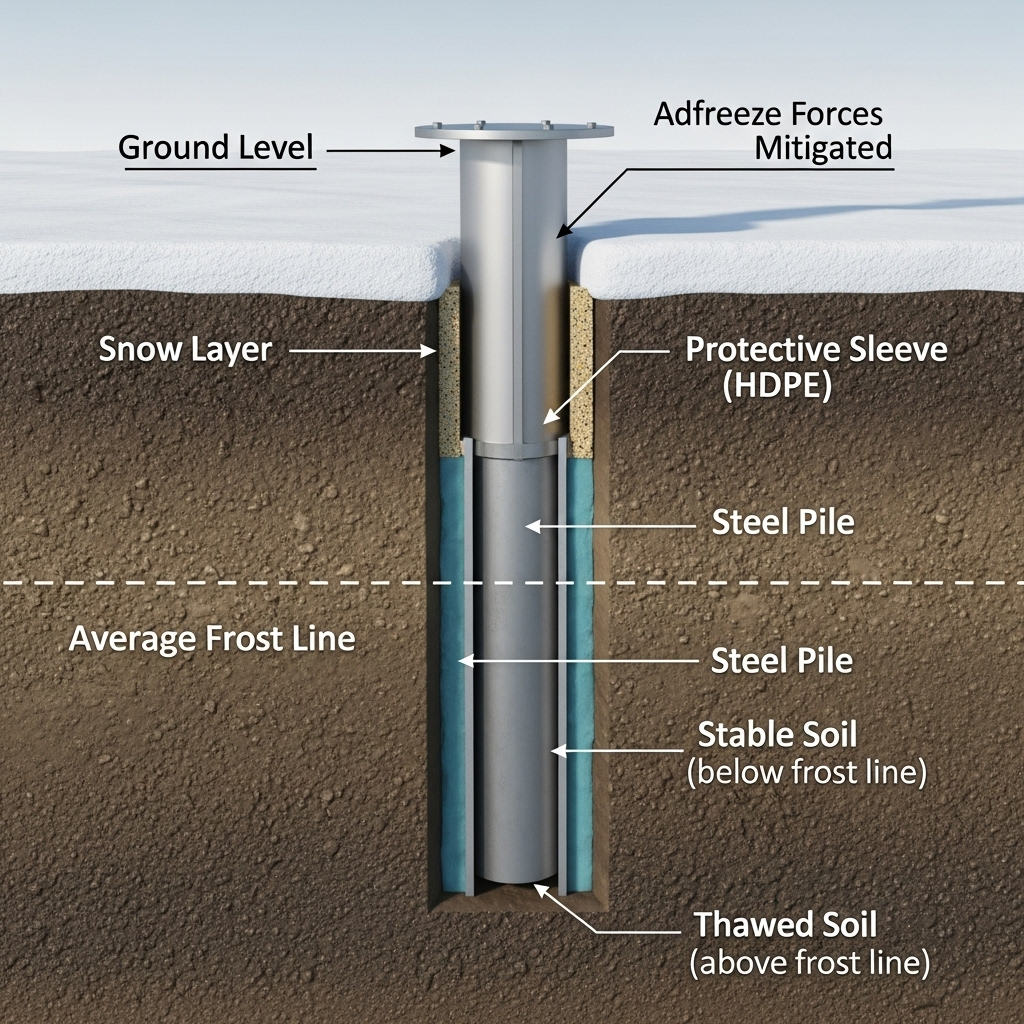Installing solar panels on your roof is a significant step toward energy independence. Yet, the success of this investment rests heavily on the quality of the installation. A single mistake can compromise your roof's integrity, leading to costly leaks and water damage. Protecting your home is just as important as generating clean energy. This overview identifies nine critical rooftop mounting mistakes and provides clear, actionable best practices for a secure, leak-proof solar installation.
The Critical Role of Pre-Installation Planning
A successful installation begins long before any equipment touches your roof. Thorough planning and assessment are non-negotiable. Skipping this phase can lead to significant problems, from structural damage to underperformance. With the growth in solar energy, as highlighted by international agencies, ensuring high-quality installations is more important than ever.

Mistake 1: Inadequate Roof Assessment
One of the most frequent errors is failing to conduct a comprehensive roof assessment. Installers must evaluate the roof's age, material, and structural condition. An old or damaged roof may not handle the additional weight of a solar array, which can be around 2-4 pounds per square foot. A professional inspection should verify that rafters and the overall structure can support this sustained load, plus additional stress from wind or snow. Overlooking this step can lead to sagging, cracks, or even collapse.
Mistake 2: Ignoring Local Building Codes and Weather Conditions
Every locality has specific building codes that govern solar installations, including requirements for electrical, structural, and fire safety. These codes address crucial factors like wind uplift, snow load capacity, and seismic resilience. Failing to obtain the correct permits or adhere to these regulations can result in fines, forced removal of the system, and unsafe conditions. An installation plan must account for regional weather patterns to ensure the mounting system is robust enough to withstand local environmental stresses.
Errors in Attachment and Sealing
The physical attachment of the mounting system to the roof is where many leaks originate. Precision and adherence to best practices are essential to create a durable, waterproof seal that lasts for the lifetime of the system.
Mistake 3: Incorrectly Locating Rafters
Solar mounts must be anchored directly into the roof rafters, not just the plywood or OSB sheathing. Roof decking is not designed to bear the load and stress of a solar array. Missing the rafter means the connection is weak and prone to failure. Using tools like a stud finder and drilling pilot holes are necessary techniques to ensure every lag bolt is securely centered in a structural member.
Mistake 4: Improper Flashing Installation
Flashing is arguably the most critical component for preventing leaks. It is a piece of metal that slides under the shingles to divert water away from the roof penetration. A common mistake is relying solely on sealant or caulk, which will degrade over time when exposed to UV rays and weather. Correct installation involves layering the flashing with the shingles in a way that uses gravity to shed water, ensuring the top of the flashing is tucked under at least the third course of shingles. This creates a durable, mechanical barrier against water intrusion.
Mistake 5: Over-tightening or Under-tightening Lag Bolts
Applying the correct amount of torque to lag bolts is a delicate balance. Over-tightening can crush the underlying roof structure, damage the flashing's seal, and strip the wood, weakening the connection. Under-tightening leaves the system loose and vulnerable to shifting or uplift from wind. Always use a calibrated torque wrench and follow the mounting system manufacturer's precise torque specifications to ensure a secure, lasting hold without causing damage. For example, some common hardware torque values range from 80 inch-pounds to 30 foot-pounds depending on the specific bolt and application.
Component and System-Level Blunders
Beyond individual attachment points, mistakes with system components and layout can compromise the entire installation's safety and effectiveness.
Mistake 6: Using Mismatched or Low-Quality Components
Solar mounting systems are engineered to work with specific, compatible parts. Mixing and matching rails, clamps, and bolts from different manufacturers can create weak points in the system. Likewise, opting for low-quality, uncertified hardware to save on initial costs is a false economy. These components may corrode or fail prematurely. Using a complete, certified system from a reputable manufacturer ensures all parts are designed and tested to work together safely.
Mistake 7: Poor Wire Management
Exposed wires lying on the roof surface are a significant hazard. They are vulnerable to abrasion from roofing materials, damage from animals, and degradation from sun and water exposure. This can lead to ground faults, power loss, and fire risks. Proper wire management involves securing all cables to the racking system with UV-resistant clips and, where necessary, running them through conduit to protect them from the elements.
Mistake 8: Neglecting Thermal Expansion
Rooftop solar arrays are exposed to wide temperature fluctuations, causing the metal components, particularly long aluminum rails, to expand and contract. If the system is installed without accounting for this thermal movement, it can lead to buckling, which puts immense stress on the mounting points and panels. Installers must follow manufacturer guidelines for leaving small gaps at rail splices and connection points to allow for this natural expansion and contraction.
Post-Installation Oversights
The job isn't finished once the last panel is in place. Final checks and a holistic view of system performance are crucial for long-term success.
Mistake 9: Skipping the Final Inspection and Water Test
After the installation is complete, a meticulous final inspection is essential. This involves checking every bolt, clamp, and flashing to confirm it was installed correctly. A water test, using a garden hose to simulate rainfall, is a reliable way to verify that the roof penetrations are completely sealed. Finding and fixing a small drip at this stage is far easier and cheaper than dealing with a major leak later.
Integrating Your System for Peak Performance
A secure physical installation is the foundation for a high-performing solar energy system. When panels are mounted correctly, they can reliably deliver clean energy for decades. To maximize the return on your investment, it is important to pair this solid foundation with high-quality components and a clear understanding of system metrics. For a comprehensive look at optimizing your system's output, you can review the Ultimate Reference for Solar Storage Performance, which provides valuable insights into getting the most from your securely mounted array.
A Foundation for Energy Independence
Avoiding these nine common mounting mistakes is fundamental to a successful rooftop solar project. A meticulous, detail-oriented installation ensures the safety and longevity of both your roof and your solar energy system. By prioritizing a proper assessment, using high-quality materials, and adhering to best practices, you build a solid foundation for decades of reliable, clean power and achieve true peace of mind in your journey toward energy independence.
Frequently Asked Questions
How can I be sure my roof is strong enough for solar panels?
A qualified structural engineer or an experienced solar installer should conduct a thorough roof assessment before installation. They will inspect the condition of your roof, identify the size and spacing of your rafters, and determine if the structure can safely support the added weight of the solar panels.
Can solar panels be installed on any type of roof?
Solar panels can be installed on most common roofing materials, including asphalt shingle, metal, tile, and flat roofs. However, each type requires specific mounting hardware and installation techniques to ensure a secure and waterproof fit. The age and condition of the roof are more critical factors than the material itself.
Does installing solar panels void my roof warranty?
It can. Many roofing manufacturers state that alterations or penetrations to the roof by a third party can void the warranty. It is crucial to check the terms of your specific roof warranty. Reputable solar installers use mounting and flashing techniques designed to protect the roof's integrity and may offer their own workmanship warranty to cover any potential issues.





Leave a comment
All comments are moderated before being published.
This site is protected by hCaptcha and the hCaptcha Privacy Policy and Terms of Service apply.